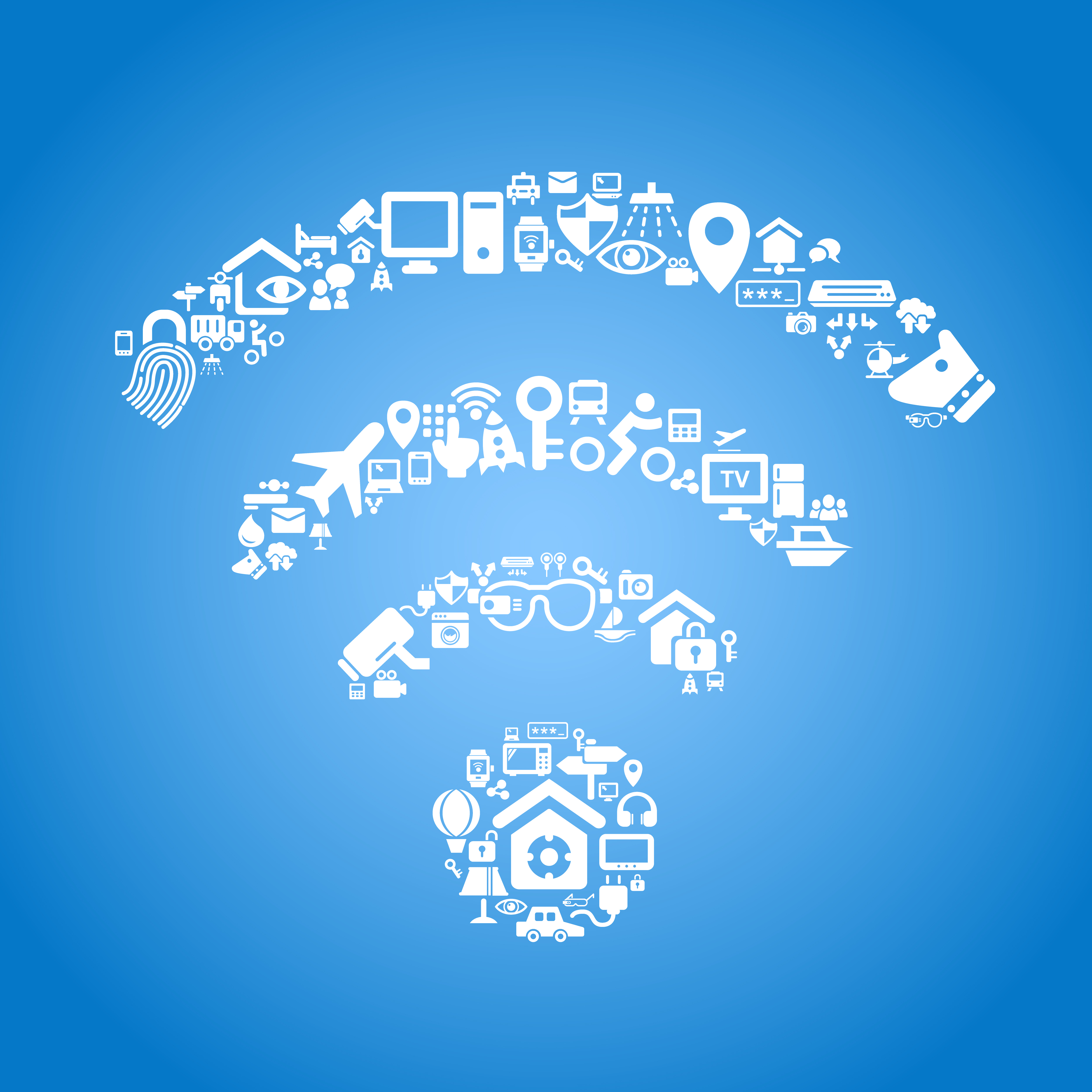The Internet of Things (IoT) will number between 20 and 50 billion interconnected devices by 2020. While open to debate, the amount of data that will be generated is predicted to be trillions of gigabytes.
The IoT represents equal parts opportunity and challenge. There is no argument it will deliver an overabundance of powerful data, but making sense of it – much less utilising it – will prove tricky. Those companies that can effectively interpret the data will excel past competitors, however, those that can’t will find themselves at a significant disadvantage, says Lee Nolan, director of Solutions at Insight UK.
To ensure your business is ready for this latest wave of technological innovation, there are a number of ways you can prepare. Firstly, it is important that as an organisation you don’t simply accept that the IoT demands business model transformation, you need to embrace it. Secondly, keep in mind that succeeding in IoT is just like succeeding anywhere else; it requires solid, recurring customer relationships.
Thirdly, with any adoption of new technologies; align the new strategy with the goals of the business – which again almost always centres on customer relationships. These must be kept at the forefront of any new IT introduction.
The ability to nurture such relationships will hinge on two considerations:
Understanding the difference between IoT as a concept and IoT as an entity
Coined at the MIT in the 90s, the “Internet of Things” essentially describes the idea of everyday devices being connected to the Internet, to one another and to their users. Not in and of itself a ground-breaking concept or even a new one. Instead the power of IoT lies in the data these devices then generate.
Under normal circumstances devices might record information related to things like inventory, production and shipping. However, such metrics are of limited worth when it comes to a customer relationship. IoT on the other hand is a constellation of internet-connected sensors attached to a wide variety of ‘things’.
These sensors can take a multitude of possible measurements; internet connections can be wired or wireless, while ‘things’ can literally be any object to which you can attach a sensor. If you carry a smartphone, for example, you become a multi-sensor IoT ‘thing’, and many of your day-to-day activities can be tracked, analysed and acted upon.
This kind of data can then address specific business needs such as predictive maintenance; loss prevention, asset utilisation, disaster planning and recovery, downtime minimisation, energy usage optimisation, device performance effectiveness, network performance management, capacity utilisation, capacity planning and more.
It is also important to consider complexity. Business-to-consumer relationships are rarely seamless when conducted between just two parties. For instance, with the IoT there may be half a dozen and at times even more.
In both cases, the right data model is imperative; creation of a single ‘subscription’ or identity for each customer, ensuring visibility across multiple platforms. This means that businesses will have a single, intuitive, cohesive view of a customer’s data that in turn allows organisations to deliver a customised and targeted service experience to their customers – no matter the choice of platform.
2. Understand the customer
Customer behaviour has also very much changed. With a world of information at their disposal, today’s consumer is better informed and more demanding than ever. They expect greater value, more personalisation, and a unique experience tailored and customised to their exact wants and needs. Stand-alone and mass offerings simply won’t cut it in such a context.
Using IoT, successful companies will be those who are able to move beyond products and into services, reinventing their product experiences and swapping them to subscription-based ones. While there will often still be physical goods involved, the value will lie not in asking how you can help the customer buy a particular thing, but understanding their true needs and how it can be delivered as an intuitive service rather than an isolated product.
Grab your board
The need to prepare and deliver smart, tailored, intuitive services in the age of the IoT is as clear as it is compelling and even exciting. So too are the risks of doing nothing. Because hype or not, soon there really will be nowhere left to hide.
The author of this blog is Lee Nolan, director of Solutions at Insight UK.
Comment on this article below or via Twitter: @IoTNow_ OR @jcIoTnow










